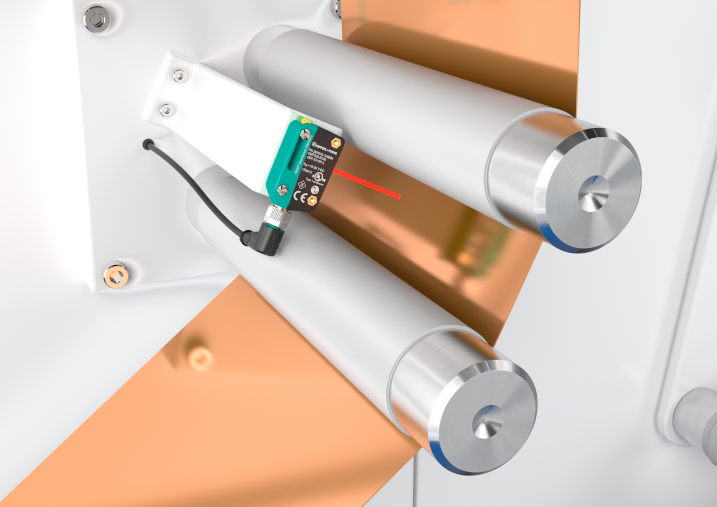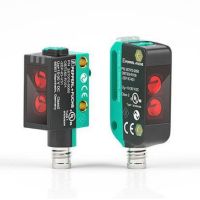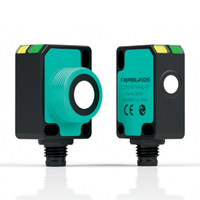Reliably Detecting Foil Tears in Battery Cell Manufacturing
Variable Solutions with Diffuse Mode Sensors or Ultrasonic Sensors

The Application
As part of the battery cell manufacturing process, the foils for the anode, cathode, and separator are joined together. The material is wound on rolls and processed via calendering. As this is a high-speed and start/stop operation, the foil being wound onto the roll can tear. In this case, the process must be stopped immediately to avoid production failures and possible damage to the machine. The quicker the safety circuit is triggered, the quicker and simpler it is to carry out necessary corrective action.
The Goal
The foil being wound onto the roll must be monitored continuously to ensure its presence and that it remains intact. A tear in the foil being wound onto the roll must be detected immediately and reported to the machine control using the relevant signal. Tears must be detected with the utmost reliability, regardless of the properties of the foil, and often in very confined spaces inside the machine. A noncontact principle of measurement should be used to protect the material.
The Solution
Both photoelectric and ultrasonic sensors can be used to check for foil tears. Diffuse mode sensors from the R10x and R20x series are characterized by extremely short reaction times and an especially compact design. Ultrasonic sensors from the 18GS and UC-F77 series reliably detect both reflective and transparent materials. All of these devices are also available with an IO-Link interface, which enables comprehensive communication down to the sensor level.

R10x and R20x diffuse mode sensors
Technical Features
R10x and R20x diffuse mode sensors
- DuraBeam laser sensors or red light LED
- Precise object detection, color has virtually no influence
- Response time ≤ 1 ms
- Adjustable scanning range
- Extended temperature range -40 °C to 60 °C
- High degree of protection (IP69K)

F77 ultrasonic sensors
F77 and 18GS ultrasonic sensors
- Adjustable sensing range
- Adjustable sound cone diameter
- Automatic synchronization when using multiple sensors
- Ambient temperature range: -25 °C to 70 °C
- Degree of protection (IP67)
The Benefits
The diffuse mode sensors detect tears using a fine beam of light that can be precisely aligned to the foil, even in very confined spaces. The devices are a compact solution for applications in which there is especially limited space available. Diagnostic data transmitted via IO-Link can be used to initiate prompt cleaning of the optical element as required. Ultrasonic sensors detect the target object regardless of its optical properties. Their design makes them resistant to contamination and adverse ambient conditions. They do not generate EMC interference; the sensing mode is not affected by electromagnetic interference.
At a Glance
- Diffuse mode sensors for especially compact solutions in confined spaces
- Ultrasonic sensors detect reflective and transparent material regardless of surface properties
- Quick, reliable detection using both principles of measurement
- Noncontact detection prevents wear and protects material
- IO-Link communication supplies data for integrated diagnostics and process optimization









 +49 621 776-0
+49 621 776-0